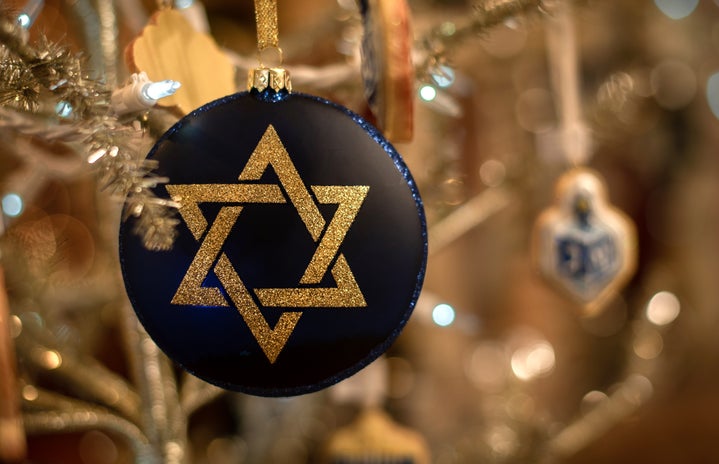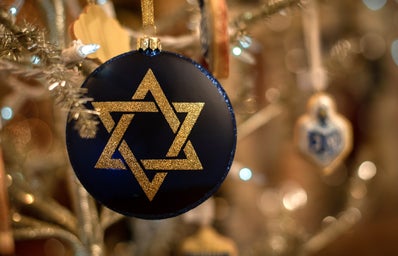When I was younger, checking the mail was a big deal. A huge deal. I’d never know what magazine or letter would be in that big pile and I would get so disappointed if there were a measly three envelopes. But if there was a Learning Express or Lego magazine, or even just a colorful card, I knew it would be a good haul. I’ll always remember sifting through the pile of mail and seeing a glimpse of that familiar maroon red. The mail pile would shift and I would see that white star logo next to the magazine title. I always knew that color. I always knew that symbol. It was the American Girl Doll magazine
The American Girl Doll — the peak of toys when I was a young girl. If you had one of those dolls, it meant you were cool. It meant you could organize a dream closet for this doll, the closet you wish you had. But American Girl Dolls were much more than that, they represented important periods in American history through the eyes of a young girl. This allowed present generations to connect with the past in a way they couldn’t before. Through the different clothes we could buy for our doll, as well as an accompanying book series for each doll, these elements allowed us to learn about certain historical periods in a tangible, more accessible way. In the past several years, many American Girl Dolls have been added to bring more representation to all parts of history. From a Native American girl from the Nez Perce tribe, to a girl living through the Great Depression in suburban Cincinnati, American Girl Dolls have made sure to bring light to all different aspects of history.
One part of history that’s often overlooked is Jewish history. Aside from the Holocaust, we rarely hear accounts of Jewish people throughout history. When learning about the religious side of Judaism, it’s always briefly talked about with a short overview of the traditions and holidays. So when I learned that American Girl had a doll who was Jewish, I was shocked. It meant the world to me that there was a doll whom I could connect to on a personal level. Although Rebecca Rubin looked just like me, with dark brown hair and blue-green eyes, I loved her because she was Jewish. Out of the 12 original historical dolls, Rebecca was the only one who was Jewish, celebrated the Jewish holidays, and kept Jewish traditions.
She was the doll who was just like me. I not only had brown hair and blue-green eyes just like Rebecca, but my family and I are also Jewish. There was a whole story behind Rebecca. Like most historical American Girl Dolls, she had a 5-book series that took us through a year of her life. Even though I didn’t have Rebecca-the-doll, I had Rebecca-the-book-series. These were some of my favorite books when I was younger; I read them probably once a month because it was so fascinating to learn about what life was like as a young Jewish girl in the 1910s (yes, I was a history geek when I was little). One thing to note was that Rebecca’s family was more traditionally Jewish. They would celebrate Shabbat every Friday night, fast over Passover, and not be involved in anything related to Christmas, which was the difference between her family and my family.
However, being Jewish is a spectrum. You can be as traditional as you like, keeping up with every tradition and being very strict about the rules, or you can be more relaxed with the religion, like I am. One thing I love about being Jewish is that no one judges you for how involved you decide to be. Back home, I was not very involved or connected to my Judaism. I went to Hebrew school every Sunday and Wednesday from fourth to seventh grade where I learned about Judaism and learned some of the language. The main reason why I went to synagogue those days was to prepare for my Bat Mitzvah. A Bat Mitzvah is a ceremony that takes place when a girl is 12 or 13 years old. It celebrates becoming an adult in the Jewish community and taking responsibility in your own life. It consists of a Saturday morning Shabbat service at the synagogue, then a luncheon to follow, and finally a big celebration that night. My Bat Mitzvah was so much fun, but after that, I wasn’t very involved with my synagogue anymore. Once I got to high school, I had so much homework that I just stopped going.
So, although my Jewish experience is leagues different from Rebecca Rubin’s, it didn’t stop me from connecting with her. There was such little portrayal of Judaism in popular media that it was refreshing to see a toy that reached out to minority religions. It was nice for there to be a doll (and stories) I could relate to and compare my own experiences with. I may not show it all the time, but I’m forever grateful to Rebecca Rubin for showing me how to be proud of my identity and embrace it.


